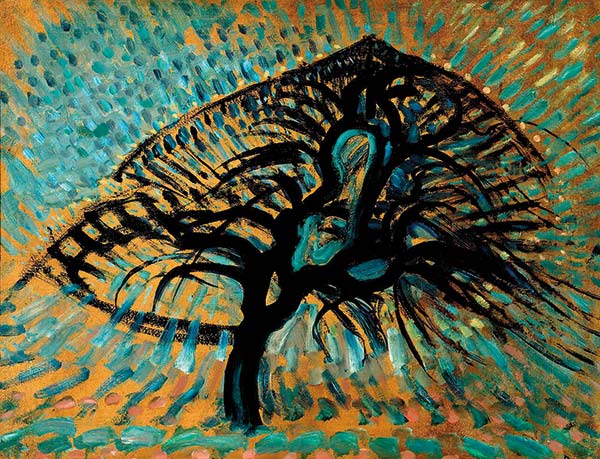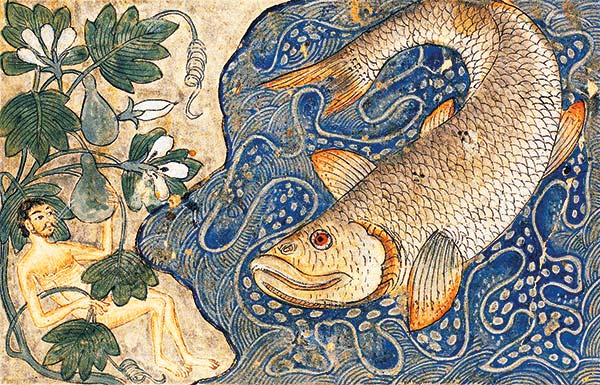Subtotal: $
Checkout-

Thanksgiving Starts in September
-

The Monsignor versus the Fascists
-

Do Activists Need Enemies?
-

The Making of Martyrs
-

Visions of the Kingdom
-

Foolhardy Wisdom
-

Tough Love on the Mount
-

Walls behind Bars
-

My Mind, My Enemy
-

Demining the Sahara
-

Just Doing What Christians Do
-

Hating Sinners
-

Students Brave the Heat
-

The Witching Hour
-

Enemy Lovers
-

How God Sees Us
-

Macedonia Morning
-

Tim Keller: New York’s Pastor
-

What Is Time For?
-

Poem: “South Head, a Wild Surmise”
-

Poem: “Lammergeier”
-

Poem: “World Within”
-

When Love Seems Impossible
-

Places to Think with Neighbors
-

Letters from Readers

Covering the Cover: The Enemy
Since the Garden of Eden, the serpent has represented the enemy.
By Rosalind Stevenson
August 19, 2023
Next Article:
Explore Other Articles:
To accompany our theme this issue, we chose a photograph of an 1863 sculpture by Charles Arthur Bourgeois entitled “Snake Charmer.” Since the Garden of Eden, snakes have been perceived as the enemy – sometimes lashing out, sometimes whispering suggestions into the listener’s ear. This striking sculpture could represent the devil at our heels or the enemy within. The image portrays the promise of God in Genesis 3:15: “And I will put enmity between you [the snake] and the woman, and between your offspring and hers; he will crush your head, and you will strike his heel.” This prophecy was fulfilled in Jesus, whose heel was struck by the devil at the cross, and who crushed the devil’s head by his resurrection.

To illustrate the following verse from William Blake’s “The Poison Tree” on the back cover, we used Apple Tree, Pointillist Version, an oil painting composed in 1908 and 1909 by Dutch artist Piet Mondrian.
I was angry with my friend;
I told my wrath, my wrath did end.
I was angry with my foe:
I told it not, my wrath did grow.

Piet Mondrian, Apple Tree, Pointillist Version, oil on composition board, ca. 1908
In the illustration of Jonah in the inside front cover, following his adventure in the belly of the whale, he had prophesied doom to God’s enemies, then taken refuge under a vine, hoping to watch the prophecy fulfilled. When God chose to forgive them instead, Jonah became angry at God.

Rashid al-Din Tabib, Yunus [Jonah] and the Whale, from the Jāmiʿ al-Tawārīkh, ca. 1314
Rashid al-Din Tabib was born in 1247 into a Persian Jewish family, and converted to Islam at the age of thirty. He rose to the position of Grand Vizier in the Mongol Ilkhanate, but fell victim to court intrigues and was killed at the age of seventy by order of the Khan’s ministers.
Rashid al-Din Tabib was instrumental in compiling the Jāmiʿ al-Tawārīkh (Compendium of Chronicles), from which the above illustration is taken, between 1307 and 1316. Initially undertaken as a history of the Mongol dynasty, the endeavor gradually expanded to become a monumental, three-volume chronicle of the known world from the time of Adam, drawing on many sources and complete with illustrations and maps. This was one of the earliest attempts to present history as a universal story, rather than the perspective of a single culture.
Already a subscriber? Sign in
Try 3 months of unlimited access. Start your FREE TRIAL today. Cancel anytime.



































